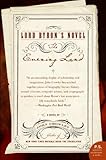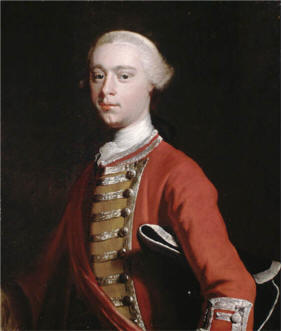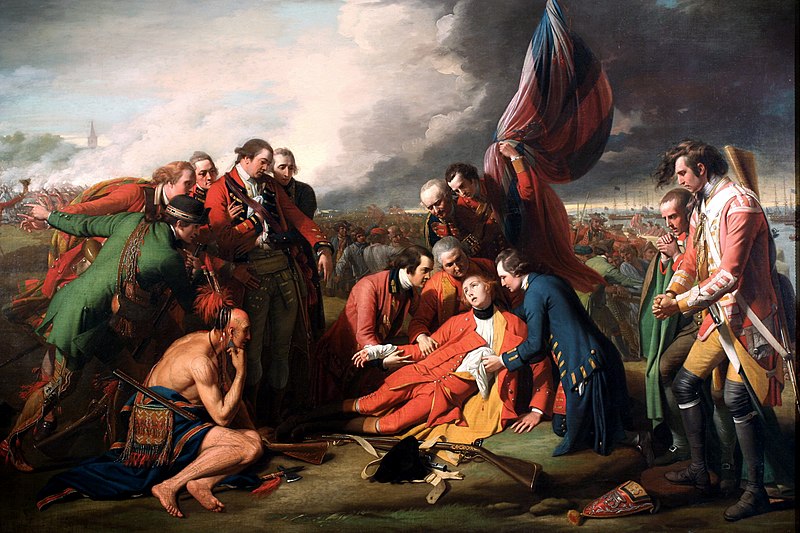 John Crowley’s novel Lord Byron’s Novel: The Evening Land has its origin in a famous storytelling contest. In the Year Without a Summer (1816), Byron rented the Villa Diodati on the shores of Lake Geneva, Switzerland and met up with friends Percy Bysshe and Mary Shelley. Mary Shelley’s stepsister Claire Clairmont was traveling with the Shelleys, who had eloped together from England, and John Polidori, Byron’s doctor, was traveling with Byron, who was fleeing infamy. Unable to pursue outdoor recreations, the company grew bored and restless. Conversation turned to dark subjects such as ghosts and Erasmus Darwin’s experiments with galvanism. Byron suggested a supernatural story-writing contest. Mary Shelley began writing Frankenstein, while Dr. Polidori wrote The Vampyre, which would later inspire Bram Stoker’s own vampiric tale, Dracula, and through Dracula, just about every other vampire story written. Polidori is believed to have based his vampire, Count Ruthven, on Byron himself. (Have you met a literary vampire who is not Byronic? I haven’t.) The two major poets, Byron and Shelley, are not believed to have produced anything of note. Crowley’s premise is that Byron did indeed produce a completed novel, The Evening Land, that was suppressed by his estranged wife Lady Byron. Crowley imagined that the novel was preserved by Byron’s daughter, Ada Byron King, Countess Lovelace, who is widely acknowledged to be the first computer programmer (P.S. March 24 is Ada Lovelace Day). Crowley’s Lovelace is forced to burn the manuscript of The Evening Land by her mother, but she enciphers it first. Enter Alexandra “Smith” Novak, a web programmer for the website strongwomanstory.org. She and one of the website’s benefactors are given a mysterious bequest by a mysterious man. It turns out to be the enciphered novel. Smith engages her own estranged (and notorious) father, a former Byron scholar turned filmmaker exiled from the United States because of a past nearly as sordid as Byron’s, and her partner, Dr. Thea Spann, a mathematician, to help her decode the cipher. In the process, Crowley discusses the complex relationships between both fathers—Byron and Lee Novak—and their daughters—Ada and Smith.
John Crowley’s novel Lord Byron’s Novel: The Evening Land has its origin in a famous storytelling contest. In the Year Without a Summer (1816), Byron rented the Villa Diodati on the shores of Lake Geneva, Switzerland and met up with friends Percy Bysshe and Mary Shelley. Mary Shelley’s stepsister Claire Clairmont was traveling with the Shelleys, who had eloped together from England, and John Polidori, Byron’s doctor, was traveling with Byron, who was fleeing infamy. Unable to pursue outdoor recreations, the company grew bored and restless. Conversation turned to dark subjects such as ghosts and Erasmus Darwin’s experiments with galvanism. Byron suggested a supernatural story-writing contest. Mary Shelley began writing Frankenstein, while Dr. Polidori wrote The Vampyre, which would later inspire Bram Stoker’s own vampiric tale, Dracula, and through Dracula, just about every other vampire story written. Polidori is believed to have based his vampire, Count Ruthven, on Byron himself. (Have you met a literary vampire who is not Byronic? I haven’t.) The two major poets, Byron and Shelley, are not believed to have produced anything of note. Crowley’s premise is that Byron did indeed produce a completed novel, The Evening Land, that was suppressed by his estranged wife Lady Byron. Crowley imagined that the novel was preserved by Byron’s daughter, Ada Byron King, Countess Lovelace, who is widely acknowledged to be the first computer programmer (P.S. March 24 is Ada Lovelace Day). Crowley’s Lovelace is forced to burn the manuscript of The Evening Land by her mother, but she enciphers it first. Enter Alexandra “Smith” Novak, a web programmer for the website strongwomanstory.org. She and one of the website’s benefactors are given a mysterious bequest by a mysterious man. It turns out to be the enciphered novel. Smith engages her own estranged (and notorious) father, a former Byron scholar turned filmmaker exiled from the United States because of a past nearly as sordid as Byron’s, and her partner, Dr. Thea Spann, a mathematician, to help her decode the cipher. In the process, Crowley discusses the complex relationships between both fathers—Byron and Lee Novak—and their daughters—Ada and Smith.
This book is an amazing achievement. I’ve read enough Romantic-era novels and Byronic poetry to hear Byron’s authentic voice in the novel uncovered in the frame narrative of its discovery. Even Harold Bloom, that illustrious champion of Romantic poetry (and dead white males) enjoyed the novel and gave it a positive blurb:
Lord Byron’s Novel: The Evening Land is an extraordinary confluence of High Romanticism and our Information Era: every note in it rings with authenticity. ‘The Evening Land’ is a novel Byron indeed might have written, and his daughter, Ada, as created by Crowley, is vividly memorable, worthy of her exuberant father.
If I can be allowed one quick digression, that last line smacks of all kinds of sexism to me, but that’s Harold Bloom for you. The fact is, Crowley’s Ada is “vividly memorable,” as is her “exuberant father.” The novel is a thinly veiled retelling of Byron’s own life in many respects, and through her preservation of the novel, Ada comes to make peace with her father. Crowley’s story certainly explains one of the great mysteries of Byron’s legacy—Why would his daughter, taught to hate her father by a mother poisoned by her own ill will for Byron, wish to be buried beside the father she had never met?
The emails between Lee and Smith, as well as between Smith and Thea, among other letters, form an epistolary frame in which Byron’s novel and Ada’s commentary are enclosed and share a similar story. Smith, like Ada, rediscovers her estranged father through his work, but the difference is that her father is still alive, and she has, if she chooses, the opportunity to end the estrangement.
I struggled with how to rate this novel because as an authentic Romantic novel, the parts containing Byron’s “writing” were dense, overblown, and worthy of Sir Walter Scott. Sometimes I had to plow through those sections even while admiring how much like Byron Crowley managed to write. The emails and letters were, on the other hand, quick reads. I like the format of the novel, the frame narrative and epistolary interchange. In the end, Byron’s novel was as good as any other Romantic novel I’ve read, and that’s saying something of Crowley’s achievement. I can’t think of too many writers who could pull off a feat like this, and whether I was able to put the book down at times or not, I have to tip my hat to his talent.
Rating:




I read this novel as part of the Historical Fiction Reading Challenge, the Gothic Reading Challenge, and the GLBT Challenge (Byron was bisexual, and this part of his character was expressed in the novel, and the characters Smith and Thea are lesbians). I have ten more books to go to complete the Historical Fiction Reading Challenge, and eighteen more for the Gothic Reading Challenge (I really bit off more than I can chew with that one). The GLBT Challenge has no set number of books, so if I were so inclined, I could call the challenge met, but I’m not so inclined.






